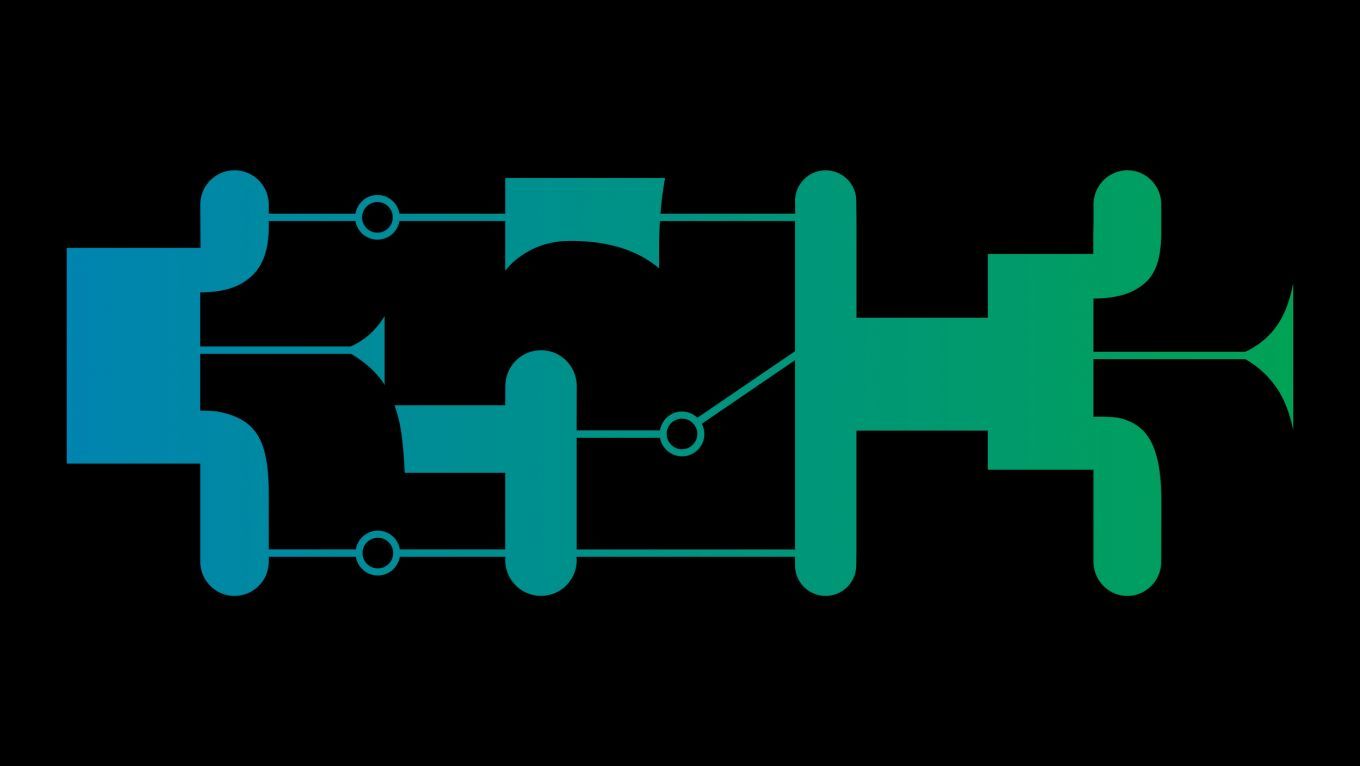Science
Simulating Universes
What Virtual Universes Can Tell Us About Our Own
In this talk I want to present the computational undertakings in the field of cosmological structure formation and galaxy formation. Here, sometimes gigantic simulations help us to unravel the processes that led to the Universe that we can see today. I will give a short overview of our current understanding of the evolution of the Universe, the history and techniques of the simulations and their current state and future.
Almost every field of human discovery has gained immensely from the invention of computers, astrophysics maybe more than most others. Experiments are not an option in astrophysics. We cannot form planets, stars, or galaxies in laboratories on earth, but only observe them in an uncontrolled fashion using telescopes. We therefore rely on mathematical models that predict observations which we can test in reality. As the range of analytically tractable problems is very limited we rely on computers to numerically help us to understand the cosmos.
In this talk I will concentrate on a specific branch of astrophysics and cosmology, the science of the evolution of the Universe as a whole: simulations of cosmological structure formation. These simulations follow dark matter in an expanding universe as it collapses under the influence of gravity into the structures which are the birthplaces of galaxies. We will see how these galaxies are glowing tracers on the highly complex, almost invisible structure of the cosmic web.
The largest of these simulations are immense computational undertakings and take tens of millions of core-hours to run on tens of thousand of cores while producing hundreds of tera- if not petabytes of output. Throughout their history they have pushed to the limits of technical feasibility and limits of computing power. They are so rich in information that teams of scientists can find new results in them years, sometimes even more than a decade, after they were run.
After a quick overview of our current understanding of the development of the Universe I will give an introduction to simulations of the dynamics of dark matter with so-called N-body simulations and how these were developed in the 20th century. We will then explore how people follow the evolution of gas and galaxies in these simulations to fill the darkness with stars, supernovae, black holes and sometimes even light. Finally, I will show how these simulations are comparing against our observations and how they helped us to further our understanding of what the Universe is made of, before ending with a short outlook on how cosmological simulations might improve in the future to explain more phenomena and keep up with observations.
Additional information
| Type | lecture |
|---|---|
| Language | English |
More sessions
| 12/27/18 |
Neutrinos are “ghost-like” elementary particles that can literally go through walls. They can bring information from places that are impossible to observe through other means. This talk provides a glimpse behind the scenes of a next-generation neutrino detector called Hyper-Kamiokande – a cylindrical water tank the size of a high-rise building. I will describe some of the problems you encounter when planning a subterranean detector of this size, and explain how this detector helps us ...
|
| 12/27/18 |
After launching a spacecraft into orbit the actual work for mission control starts. Besides taking care of the position and speed of the spacecraft this includes e.g. detailed modeling of the power usage, planning of ground station contacts, payload operations and dealing with unexpected anomalies. In this talk we will see many examples of problems particular to space crafts and how they influence the way space craft mission operations works.
|
| 12/27/18 |
How to apply Shannon's information theory to biology.
|
| 12/27/18 |
This talk will teach you the fundamentals of machine learning and give you a sneak peek into the internals of the mystical black box. You'll see how crazy powerful neural networks can be and understand why they sometimes fail horribly.
|
| 12/27/18 |
TCP/IP is the most widely used protocol on the Internet for transmitting data. But how does it work in detail? This talk will explain the TCP protocol, from handshake over established to teardown in detail - and elaborate a bit on protocol adjustments over time and congestion control.
|
| 12/27/18 |
CRISPR/Cas hat die Genforschung revolutioniert und könnte bald in großem Stil gentechnisch eingesetzt werden. Aber was ist CRISPR und wie funktioniert es? Kurz gesagt: Teile des adaptiven Immunsystems von Bakterien werden genutzt, um Gene zu verändern. Und das funktioniert präziser als mit jedem anderen Werkzeug zuvor und offenbar in allen Tier- und Pflanzenarten. Damit ist CRISPR anders als die herkömmlichen Methoden der Gentechnik. Es ist einfach anzuwenden, preiswert, schnell, extrem ...
|
| 12/27/18 |
An (almost) self-contained introduction to the basic ideas of quantum mechanics. The theory and important experimental results will be discussed.
|

